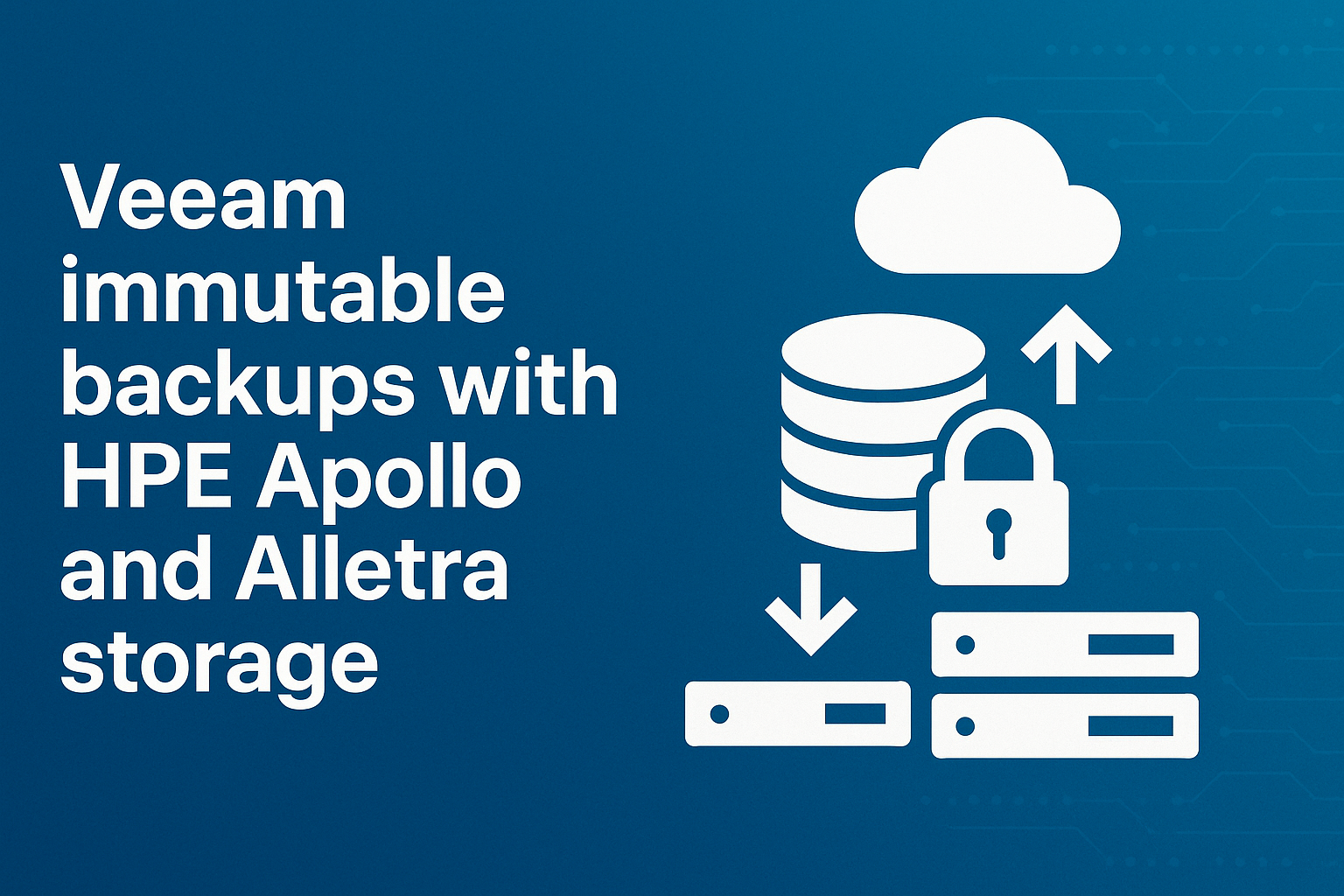Knowledge & News
Are underwater data centres the future of technology?
Why Underwater Data Centres?
According to Data Centre Knowledge, there are over 500 hyperscale data centres globally – an increase of 25% in two years. As the world becomes more connected, with everything from increased cloud-based connectivity to VoIP telephony solutions, the need for data centres increases.
But there is an issue.
Hyperscale data centres – mostly used by the likes of Google and Microsoft – consume a huge amount of energy. A large data centre may consume upwards of 30GWh of energy. That’s around £3,000,000 per year, with energy typically accounting for up to 60% of data centre costs. Not only is that a huge cost for businesses, but the energy required could also produce significant amounts of carbon emissions. There is a desperate need for a more sustainable, cost-effective solution.
What is Project Natick?
Project Natick was started in 2015 as a research project to understand the potential benefits of underwater data storage. Led by Microsoft, Phase 1 involved submerging a vessel off the US coast for 3 months before the launch of Phase 2, which saw a data centre submerged off the Scottish Highlands for over 2 years. The potential benefits centre around several key themes:
- Rapid Provisioning. The ability to employ a data centre from start to finish within 90 days will allow for fast scalability and growth with minimal impact on the landscape
- Latency. Around 50% of the world’s population lives within 200km of the ocean. Submerging data centres could improve online experiences for millions of people with faster, more responsive data
- Sustainability. Data centres are fully recyclable and can be powered by renewable energy, underwater data centres use significantly less energy than land-based alternatives.
It is hoped that the recent trial paves the way for a more reliant, sustainable solution for data centres.
What did Phase 2 of Project Natick tell us?
After analysing the data, what did we learn about the capabilities for underwater server storage?
- The server failure rate was 1/8th vs. the land-based control group
- The energy required for cooling is significantly less than land-based solutions
- An underwater data centre can be powered by fully renewable energy
- All components (including the steel vessel, heat exchangers, and servers) can be recycled
Ultimately, the key learning from the project is that underwater data storage is a feasible and realistic option for server storage in future. Not only that but as we move to an ever-increasing technology-driven world, it is likely to become a necessity in many ways.
Are underwater data centres the future?
As fans of industry innovation at Wemtech, we are excited by the project results from Microsoft and the possibilities this may create for new and existing technology. Project Natick has a wide range of potential beneficiaries, from our environment to businesses and users looking for more reliable technology. However, the true benefits may be felt more by future generations as we move towards a carbon-neutral society.
Whilst everything from the study feels positive and the next challenge for Microsoft will be how to scale the trial further – for example, how could different locations impact performance and energy consumption, or to what extent can these data centres grow in size without impacting performance?
For the foreseeable future, underwater data centres are unlikely to replace land-based solutions completely, especially for the 50% of people who don’t live close to the ocean. However, the initial findings certainly suggest that under-water data centres are here to stay – which could be good news for everyone.
If you would like to understand how Wemtech can improve your data centre solutions, then please get in touch
-
 01.12.2025
01.12.2025
Veeam Immutable Backups with HPE Apollo & Alletra Storage | Wemtech Managed Services
-
 10.11.2025
10.11.2025
Layered Security: Microsoft Defender + Huntress for SMBs
-
 10.11.2025
10.11.2025
Why Microsoft 365 Business Premium Is the New Minimum Standard for SMBs
-
 03.03.2025
03.03.2025
How We’ve Sustained Long-Term Customer Relationships at Wemtech
Get in Touch


